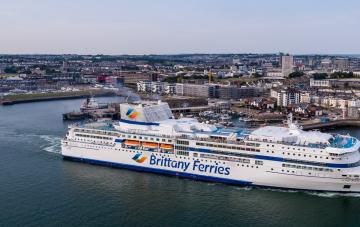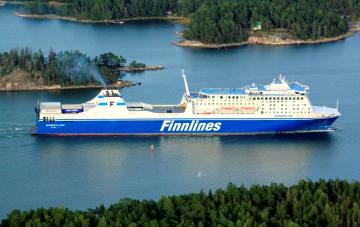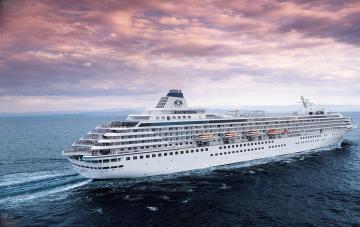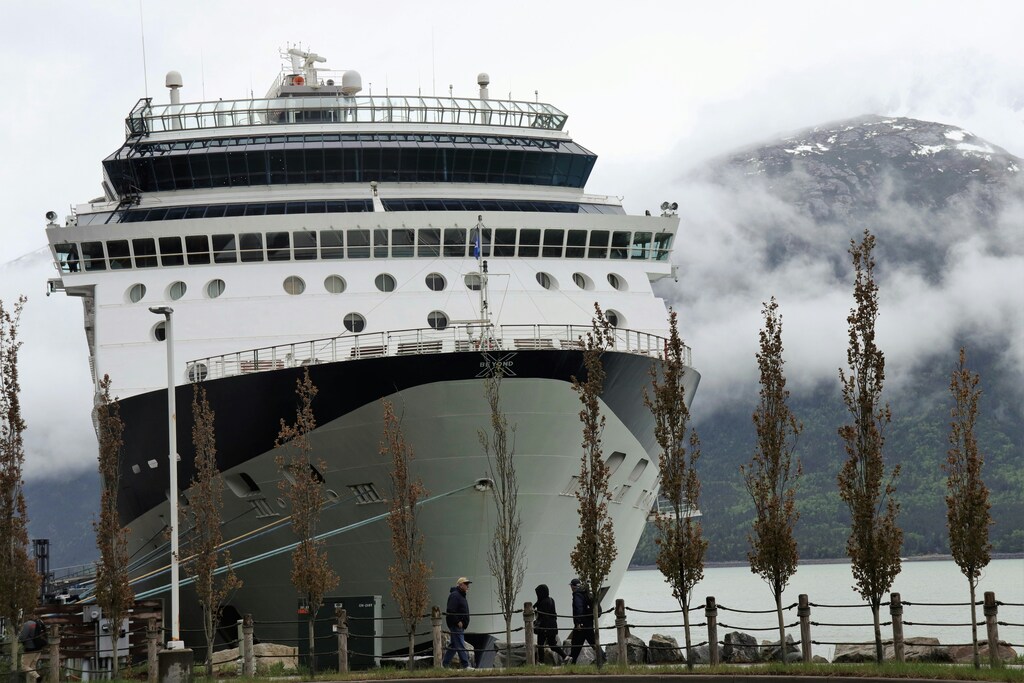
In an era where air travel has become the norm for long-distance journeys, an alternative mode of transport is quietly making a resurgence: the ferry. Ferry travel not only offers a unique and scenic experience but also presents significant cost savings for the budget-conscious traveler. As we explore the benefits of choosing ferries over planes, you'll discover how this traditional mode of transportation can transform your travel experience.
The allure of ferry travel lies in its affordability. While airfare prices fluctuate based on demand, season, and availability, ferry tickets often remain reasonably priced and predictable. This consistency can be a boon for travelers planning their trips on a tight budget. Additionally, ferries frequently allow for more generous baggage allowances, reducing the hidden costs often associated with air travel.
Beyond the financial advantages, ferries provide a more relaxed and enjoyable journey. Unlike the cramped conditions and rushed atmosphere of airports and planes, ferries offer spacious cabins, open decks, and the freedom to move around at your leisure. The journey itself becomes part of the adventure, with the opportunity to savor breathtaking coastal views, fresh sea air, and even onboard amenities such as dining and entertainment.
Environmental considerations also play a crucial role in the growing appeal of ferry travel. With increasing awareness of the environmental impact of flying, many travelers are seeking more sustainable options. Ferries, with their lower carbon footprint, represent a greener choice, aligning with the values of eco-conscious individuals who wish to reduce their travel-related environmental impact.
Ferry Travel: A Cost-Effective Alternative
Traveling by ferry offers a unique blend of affordability and adventure that often surpasses the traditional airplane experience. As more travelers seek to cut down on expenses while enjoying their journeys, ferries have emerged as a viable and exciting option. Here are some key reasons why ferry travel can be a cost-effective alternative to flying:
-
Lower Ticket Prices: Ferry tickets are generally less expensive than airline tickets, especially when booked in advance. This makes ferries an attractive option for budget-conscious travelers.
-
No Extra Baggage Fees: Unlike airlines that often charge for checked baggage and sometimes even carry-ons, ferries typically allow passengers to bring more luggage at no additional cost.
-
Flexible Schedules: Many ferry routes operate multiple times a day, providing flexibility in travel plans. This can help avoid the premium prices associated with peak travel times for flights.
-
Scenic Routes: Ferry travel offers the added benefit of scenic views, making the journey itself an enjoyable part of the trip. This can be a cost-saving entertainment option compared to the limited in-flight entertainment on airplanes.
-
Avoiding Airport Hassles: Ferries often depart from ports located closer to city centers, reducing the need for expensive airport transfers. Additionally, security checks and boarding processes are usually quicker and less stressful.
Aside from these financial benefits, ferry travel also provides a more relaxed and spacious environment compared to the cramped quarters of most airplanes. Passengers can move freely, enjoy on-board amenities such as restaurants and lounges, and even step outside to take in the fresh sea air.
-
Research Routes and Prices: Start by researching various ferry routes and comparing prices. Many ferry companies offer discounts for early bookings or group travel.
-
Consider Overnight Ferries: Overnight ferries can save you the cost of a night’s accommodation, making them an economical choice for longer journeys.
-
Pack Smart: Take advantage of the generous baggage allowances and pack wisely to avoid the need for additional purchases during your trip.
-
Explore Multi-Stop Options: Some ferry routes include multiple stops, allowing you to explore more destinations for a single fare.
-
Utilize On-Board Facilities: Make use of the facilities available on the ferry, such as dining and entertainment, to maximize your travel experience without extra costs.
In conclusion, ferry travel not only offers substantial cost savings but also enhances the overall travel experience. By opting for ferries, travelers can enjoy a more leisurely pace, take in stunning landscapes, and keep more money in their pockets for the adventures that await at their destination.

Exploring Budget-Friendly Routes and Destinations
Traveling by ferry offers a unique opportunity to explore various routes and destinations that are often overlooked by plane travelers. Not only can this mode of transport be more cost-effective, but it also provides a chance to enjoy scenic views and a relaxed pace of travel. Here, we highlight some of the best budget-friendly ferry routes and destinations worth considering for your next trip.
Top Budget-Friendly Ferry Routes
Several ferry routes stand out for their affordability and the unique experiences they offer. Here are a few top picks:
| Route | Departure Port | Arrival Port | Approximate Cost |
|---|---|---|---|
| Barcelona to Ibiza | Barcelona, Spain | Ibiza, Spain | $40 |
| Stockholm to Helsinki | Stockholm, Sweden | Helsinki, Finland | $50 |
| Vancouver to Victoria | Vancouver, Canada | Victoria, Canada | $20 |
| Athens to Santorini | Athens, Greece | Santorini, Greece | $30 |
| Naples to Palermo | Naples, Italy | Palermo, Italy | $25 |
Destinations to Discover by Ferry
While the routes themselves can be enjoyable, the destinations they connect are often the true gems. Here are some budget-friendly destinations that can be reached by ferry:
Ibiza, Spain: Known for its vibrant nightlife, Ibiza also offers beautiful beaches and charming old towns, making it an ideal destination for both relaxation and adventure.
Helsinki, Finland: This capital city boasts stunning architecture, rich history, and a thriving cultural scene. Exploring Helsinki’s markets and museums is a delight for budget travelers.
Victoria, Canada: Victoria’s picturesque harbors, lush gardens, and historic sites offer a peaceful retreat from the hustle and bustle of larger cities.
Santorini, Greece: Famous for its breathtaking sunsets and white-washed buildings, Santorini is a must-visit destination that combines beauty with affordability.
Palermo, Italy: Palermo is rich in history and culture, with its vibrant markets, stunning cathedrals, and delicious street food, providing a truly immersive travel experience.
By choosing ferry travel, you can discover these destinations and many more without breaking the bank. Whether you’re seeking adventure, relaxation, or cultural enrichment, there’s a budget-friendly ferry route waiting for you.
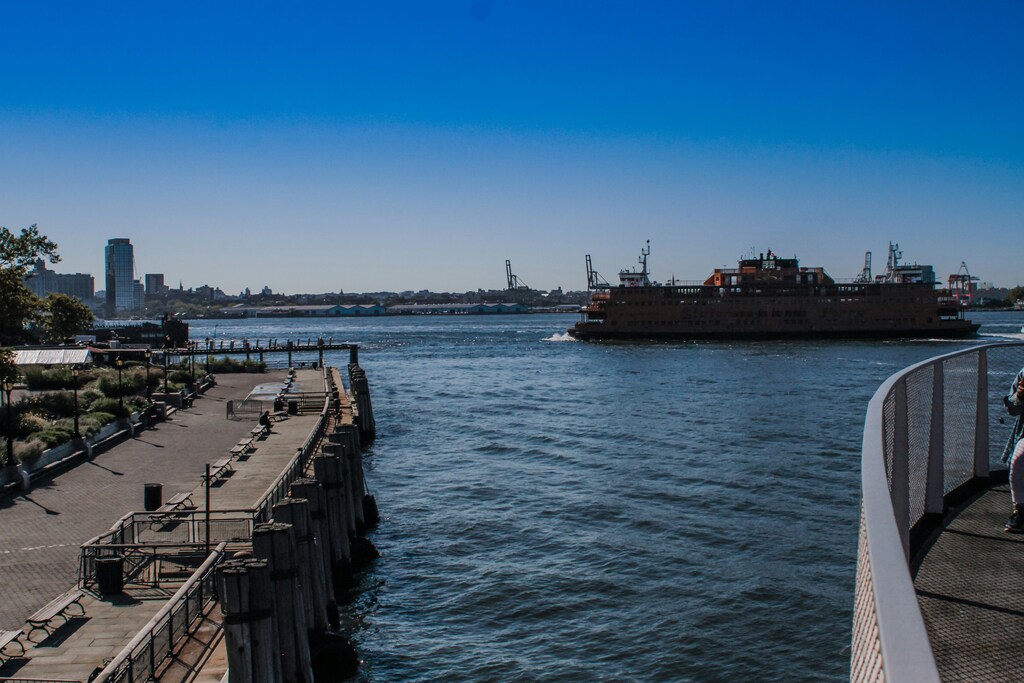
Comparing Ticket Prices and Discounts
When planning your trip, it's crucial to compare ticket prices and look for discounts to ensure you're getting the best deal. Traveling by ferry can often be more cost-effective than flying, especially when taking advantage of various promotions and discounts. Below, we break down the typical costs and highlight where you might find significant savings.
Here is a comparison of average ticket prices for a popular route:
| Mode of Transport | Standard Ticket Price | Discounted Ticket Price | Potential Savings |
|---|---|---|---|
| Plane | $150 | $120 (with early booking) | $30 |
| Ferry | $90 | $70 (with membership discount) | $20 |
From the table above, you can see that the standard ferry ticket is significantly cheaper than the standard plane ticket. Additionally, both modes offer discounts that can lead to further savings. Airlines typically offer early booking discounts, while ferry operators may provide discounts for members or group bookings.
Another important factor to consider is seasonal pricing. Ferry tickets tend to have less fluctuation in price compared to plane tickets, which can skyrocket during peak travel seasons. Therefore, if you're traveling during a holiday period, the cost advantage of taking a ferry might be even greater.
Here are a few tips to maximize your savings:
- Book in advance: Both ferries and planes offer lower prices for early bookings.
- Look for promotional codes: Check the official websites and travel forums for any promotional codes or special deals.
- Consider group discounts: Traveling with family or friends? Check if you can get a group rate.
- Join membership programs: Many ferry companies offer loyalty programs that can save you money on future trips.
In summary, while both ferries and planes offer various discounts, ferries often provide a more stable and affordable pricing structure. By comparing ticket prices and taking advantage of available discounts, you can make your travel more budget-friendly and enjoyable.
Additional Savings: Accommodation and Meals
Choosing to travel by ferry instead of plane can offer substantial savings, not only on transportation costs but also on accommodation and meals. Here are some tips on how to maximize these savings during your journey.
Accommodation on Ferries
Many long-distance ferries provide various accommodation options that can be more economical than hotels. Options range from comfortable reclining seats to private cabins, which can be booked at a fraction of the cost of a night in a hotel. Some ferries even offer family cabins, allowing you to save further if you are traveling with a group. Moreover, by spending the night on the ferry, you effectively combine transportation and accommodation into one cost, eliminating the need for a separate hotel booking.
Meal Savings
Meals on ferries can also be more affordable compared to airport restaurants and in-flight dining. Many ferries have multiple dining options, including cafeterias, buffets, and à la carte restaurants, offering a range of prices to suit different budgets. Some ferry companies even allow passengers to bring their own food on board, providing an excellent opportunity to save even more by preparing meals in advance. Additionally, consider looking for ferry promotions that include meal vouchers or discounts as part of the ticket price.
By leveraging the cost-saving opportunities for accommodation and meals available on ferries, travelers can significantly reduce their overall travel expenses, making ferry travel an even more attractive alternative to flying.
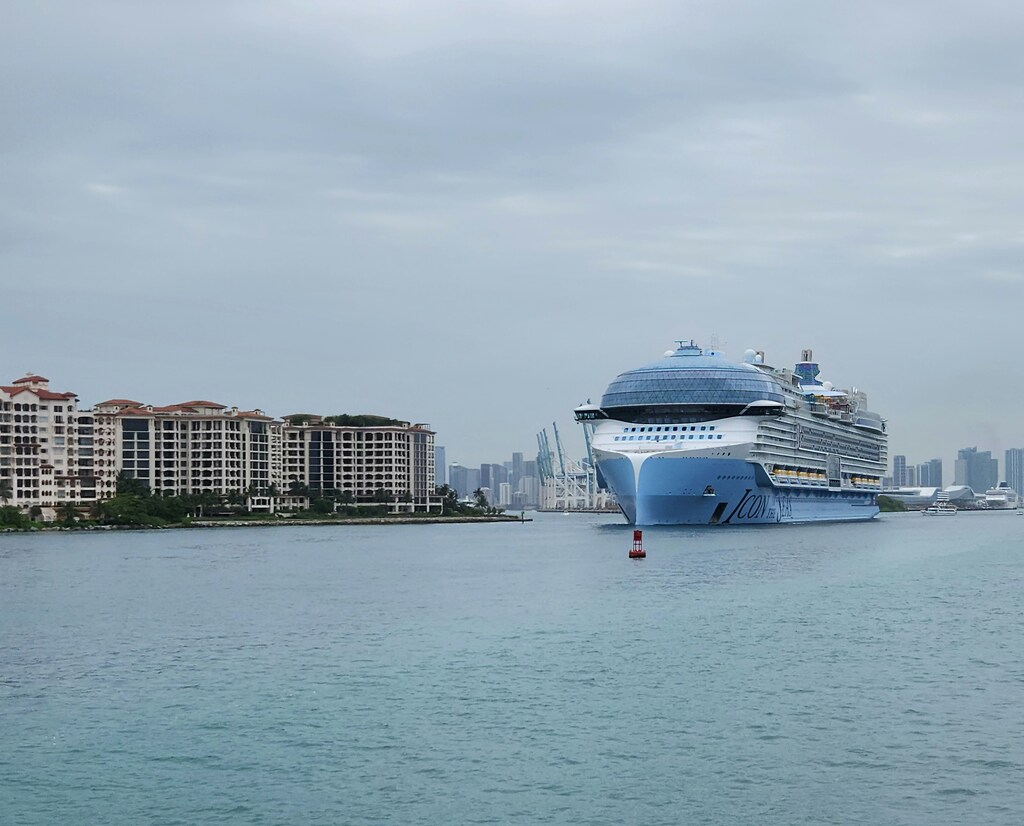
Eco-Friendly Travel: Ferries vs. Planes
When it comes to choosing environmentally friendly travel options, the debate between ferries and planes is significant. Both modes of transportation have their own impacts on the environment, but ferries often come out ahead in terms of eco-friendliness. Let's explore how these two compare.
Carbon Emissions
One of the biggest concerns with air travel is the high level of carbon emissions. Planes burn large amounts of fossil fuels, contributing significantly to greenhouse gas emissions. In contrast, ferries, especially those running on cleaner fuels or electric power, produce far fewer emissions per passenger kilometer.
- Planes: High carbon emissions due to fuel combustion.
- Ferries: Lower emissions, particularly with modern, eco-friendly designs.
Energy Efficiency
Energy efficiency is another important factor to consider. Airplanes consume a considerable amount of energy for takeoff and cruising at high altitudes, whereas ferries, moving through water, can be more energy-efficient under certain conditions.
- Planes require large amounts of fuel for each flight.
- Ferries can utilize more sustainable energy sources and technologies.
Furthermore, ferries often have the advantage of carrying more passengers and cargo per trip, which can reduce the overall energy consumption per passenger compared to airplanes. Modern advancements in ferry technology, including hybrid and electric engines, further enhance their environmental benefits.
In conclusion, while both ferries and planes serve crucial roles in transportation, ferries generally offer a more eco-friendly alternative. By choosing ferries over planes, travelers can significantly reduce their carbon footprint and contribute to a more sustainable future.

